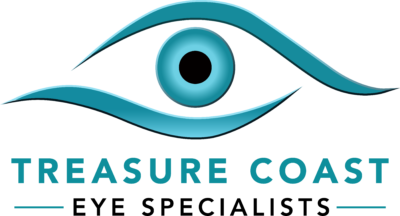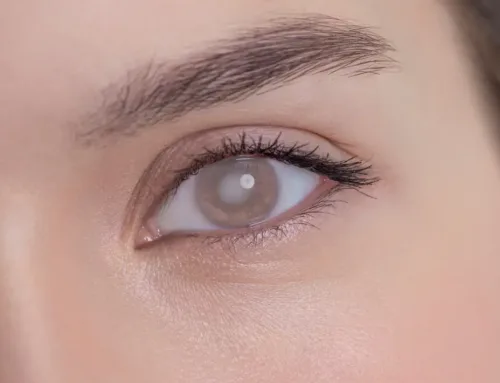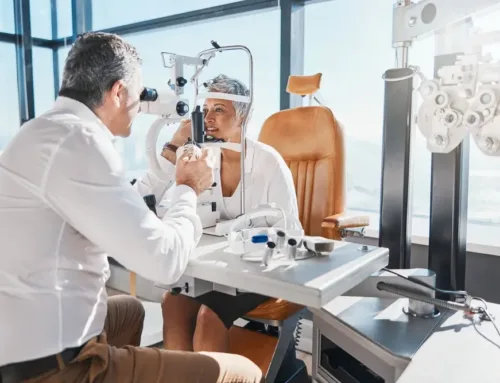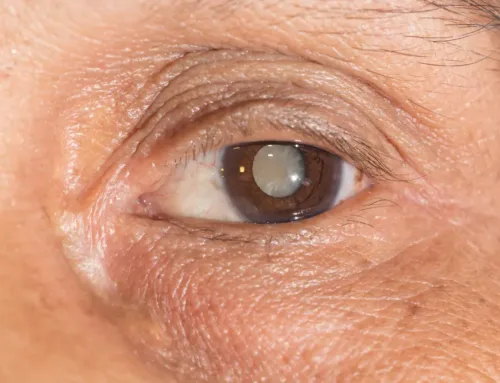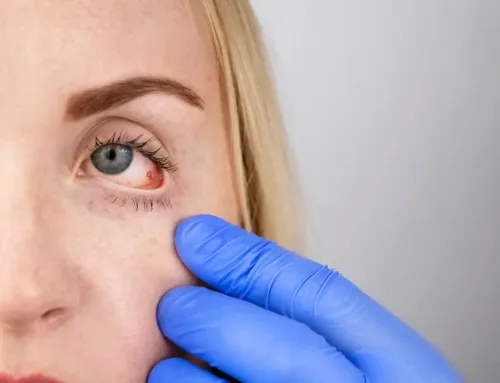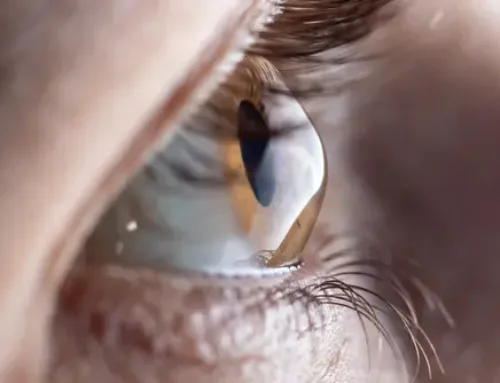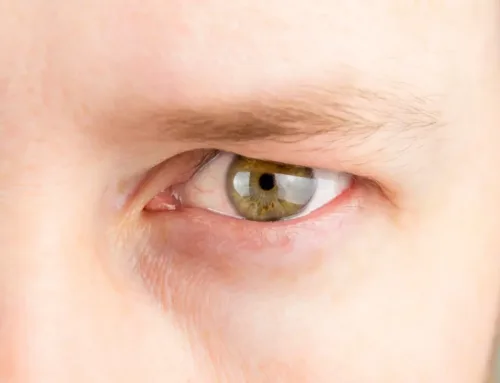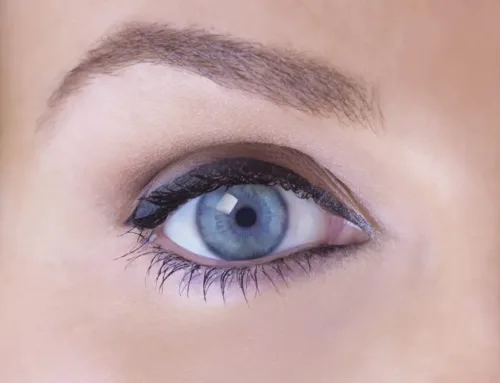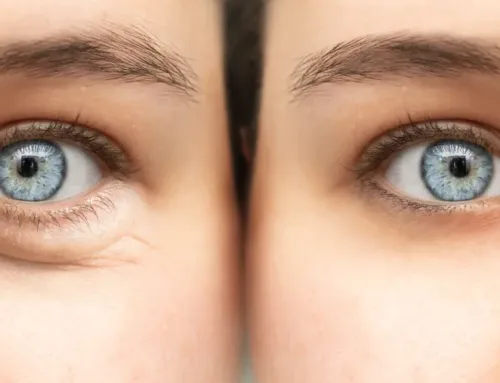Keratoconus is a progressive eye condition that causes the cornea, the clear front part of the eye, to thin and bulge into a cone-like shape. This irregular shape can lead to significant vision problems, such as blurred and distorted vision, sensitivity to light and glare, and the need for frequent changes in eyeglass or contact lens prescriptions. 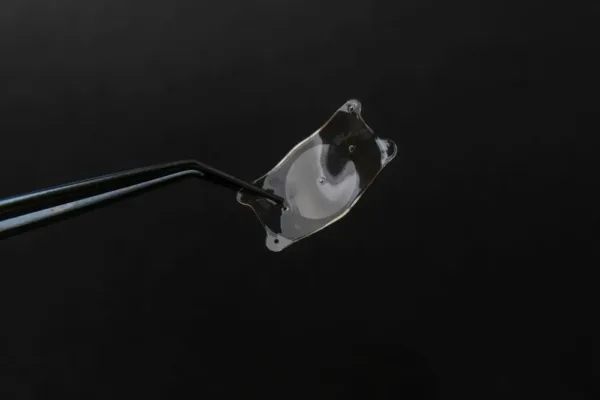
Recognizing The Symptoms Of Keratoconus
The symptoms of keratoconus can vary from person to person, and they often develop gradually over time. Some of the most common symptoms of keratoconus include:
- Blurred or distorted vision
- Increased sensitivity to glare and light
- Frequent changes in eyeglass or contact lens prescriptions
- Double vision or multiple images in one eye
- Difficulty driving at night
- Eye strain or fatigue
If you are experiencing any of these symptoms, it is important to consult with an eye doctor for a comprehensive evaluation and diagnosis.
What Is Corneal Crosslinking?
Corneal crosslinking is a specialized medical procedure that aims to strengthen and stabilize the cornea in individuals with keratoconus or other corneal ectatic disorders. The procedure involves the use of riboflavin (vitamin B2) and ultraviolet (UV) light The combination of riboflavin and UV light triggers a photochemical reaction that strengthens the corneal structure by creating new crosslinks between the collagen fibers within the cornea. This process can help to stabilize the cornea and prevent further progression of keratoconus or other corneal ectatic disorders.
Who Is A Candidate For Corneal Crosslinking?
Corneal crosslinking is primarily recommended for individuals who have been diagnosed with keratoconus or other progressive corneal ectatic disorders, such as post-LASIK ectasia. To be considered a candidate for the procedure, you must meet the following criteria:
- Diagnosis of Keratoconus or Corneal Ectasia: You must have a confirmed diagnosis of keratoconus or another progressive corneal ectatic disorder, as determined by a comprehensive eye examination and corneal imaging studies.
- Corneal Thickness: Your cornea must be thick enough to safely undergo the crosslinking procedure,.
- Stable or Progressing Condition: Your keratoconus or corneal ectasia must show signs of progression, as determined by your eye care provider. Crosslinking is typically not recommended for individuals with stable or non-progressive conditions.
- No Significant Corneal Scarring: Your cornea should not have significant scarring or opacities that could interfere with the effectiveness of the crosslinking procedure.
- Suitable Age: Corneal crosslinking is generally recommended for individuals between the ages of 14 and 65, as the cornea is still developing and changing in younger individuals and may be less responsive to the procedure in older adults.
It is important to note that not everyone with keratoconus or corneal ectasia will be a suitable candidate for corneal crosslinking. Your eye care provider will carefully evaluate your individual case and determine if the procedure is the best course of treatment for you.
Benefits Of Corneal Crosslinking
Corneal crosslinking has been shown to offer several potential benefits for individuals with keratoconus or other progressive corneal ectatic disorders:
- Stabilization of the Cornea: Corneal crosslinking can help to strengthen and stabilize the cornea, preventing further thinning and bulging, which can help to maintain and potentially improve visual acuity.
- Slowing or Halting Progression: In many cases, corneal crosslinking can slow or even halt the progression of keratoconus or other corneal ectatic disorders, reducing the need for more invasive treatments, such as corneal transplants, in the future.
- Improved Visual Function: By stabilizing the cornea, corneal crosslinking can lead to improvements in visual acuity, reduced distortion, and a decreased need for frequent changes in eyeglass or contact lens prescriptions.
- Reduced Risk of Vision Loss: If left untreated, keratoconus and other corneal ectatic disorders can progress to the point where vision loss becomes a significant risk. Corneal crosslinking can help to prevent or delay the onset of this vision loss.
- Potential to Avoid or Delay Other Treatments: In some cases, corneal crosslinking may allow individuals to avoid or delay more invasive treatments, such as corneal transplants or intrastromal corneal ring segments (ICRS), which are often used to manage advanced cases of keratoconus.
Your eye doctor will be able to provide you with a more detailed assessment of the potential benefits based on your unique circumstances.
Is Corneal Crosslinking Right For You?
Corneal crosslinking is a promising treatment option for individuals with keratoconus or other progressive corneal ectatic disorders. By strengthening and stabilizing the cornea, the procedure can help to prevent further vision loss and potentially improve visual function. If you have been diagnosed with keratoconus or a similar condition, it is important to work closely with your eye care provider to determine if you are a suitable candidate for corneal crosslinking and to discuss the potential benefits and risks of the procedure.
If you are experiencing symptoms of keratoconus or other corneal ectatic disorders, schedule an appointment with Treasure Coast Eye Specialists to discuss your treatment options, including the potential benefits of corneal crosslinking. We are the only eye specialists in the area who perform the FDA-approved, insurance-covered cross linking procedure that is proven to have long lasting results. Early intervention can be crucial in managing these progressive conditions and preserving your vision. Visit our office in Port St. Lucie or Stuart, Florida. Call 772-400-2400 or 772-286-0007 to book an appointment today.

